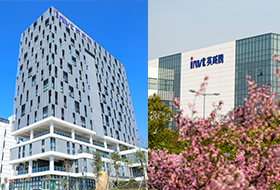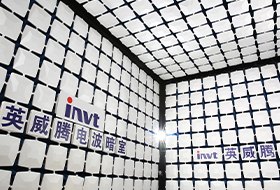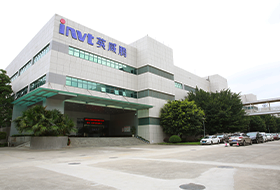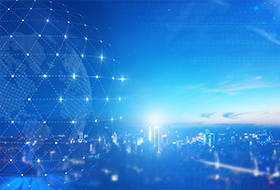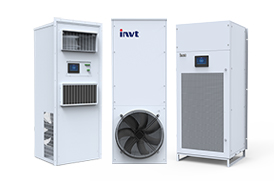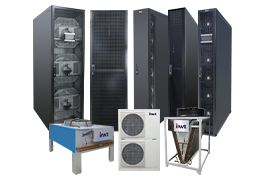How does a data center work?
Datacenter work is based on the successful execution of data center operations. Data center operations include the day-to-day maintenance of the data center's systems and processes.
Data center operations include setting up and managing network resources, securing the data center, and monitoring power and cooling systems. Different types of data centers differ in size, reliability and redundancy, and are defined by the IT needs of the business operating the data center. The expansion of cloud computing is driving their modernization, including automation and virtualization.
A data center consists of real or virtual servers connected externally and internally through communication and networking equipment to store, transmit and access digital data. Every server is equivalent to a home computer in that it contains a CPU, storage space, and memory, but is more powerful. Data centers use software to cluster computers and distribute the load among them. To keep all of this running, data centers use the following key elements:
【1】High availability system and redundancy
Availability in a data center refers to components that are operational at all times. The system is regularly maintained to ensure the smooth running of future activities. We can arrange failover where a server switches duties to a remote server for added redundancy. In IT infrastructure, redundant systems reduce the risk of single points of failure.
【2】Network Operation Center
A network operations center is a workspace for employees or professionals responsible for monitoring, managing, and maintaining computer resources in a data center. The Network Operations Center can provide all information of the data center and update all activities. Its principal can view and control the visualization of the network being monitored.
【3】Uninterruptible power supply
Power is without a doubt the most critical aspect of a data center. Hosting equipment or web hosting servers use a dedicated power source inside the data center. Every data center requires power backup to keep its servers running and maintain overall service availability.
【4】Physical security measures
A secure data center requires the implementation of security mechanisms. Weaknesses in the DC infrastructure must first be identified. Multi-factor identification, surveillance throughout the building, metal detectors, and biometric systems are some of the measures to ensure the highest level of security, and data centers also require on-site security personnel.
【5】Powerful cooling system
Power and cooling are equally important in the data center. Colocation equipment and web hosting servers require adequate cooling to prevent overheating and keep them running. Data centers should be built so that there is sufficient airflow and systems are kept cool at all times.
【6】Backup power system
Uninterruptible power supplies and generators are integral parts of backup systems. During a power outage, the generator can be configured to start automatically. As long as the generators have fuel, they will continue to run during a power outage. The UPS system should provide redundancy so that a failed module does not affect the overall system capability. Regular maintenance of your UPS and batteries reduces the chance of failure during a power outage.
【7】Data center computerized maintenance management system
A CMMS is one of the most effective ways to monitor, measure and enhance maintenance programs. The plan enables data center management to track the progress and associated costs of maintenance work performed on its assets. The program will help reduce maintenance costs and increase internal efficiencies.
In modern data centers, artificial intelligence also plays an important role in its work. Through artificial intelligence, algorithms can monitor energy distribution, cooling capacity, server traffic, and network threats in real-time, and automatically adjust efficiency to complete traditional DCIM tasks. AI can shift workloads to underutilized resources, identify possible component failures, and balance resources across pools. It does this with minimal human intervention.

 networkpowersales@invt.com.cn
networkpowersales@invt.com.cn
